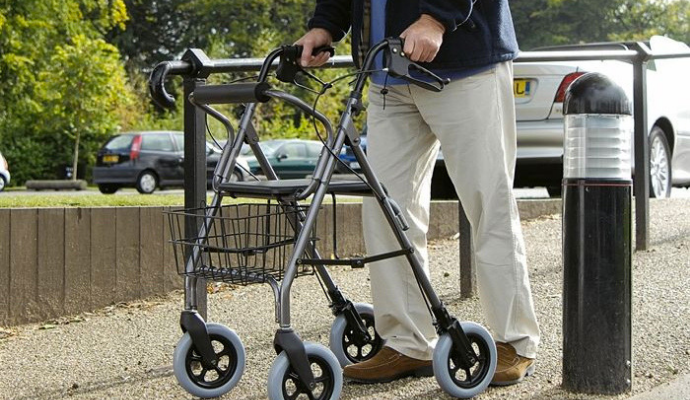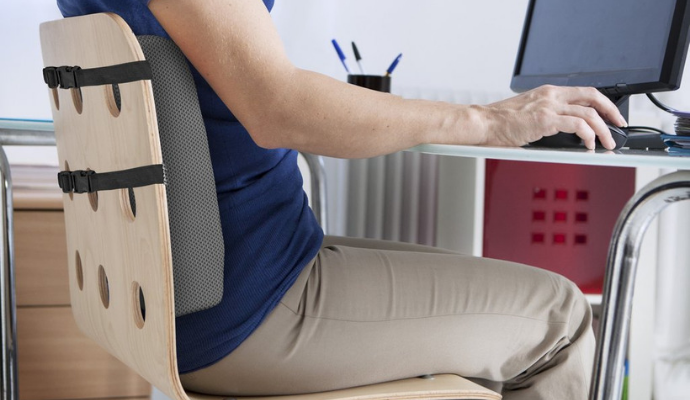The following guidelines will help you to conduct a successful seating evaluation.
Guideline for a Successful Seating Evaluation- Conduct your evaluation as you would any other OT/PT eval in the nursing home to determine the functional needs of the resident
- Assess limitations in ROM, strength, balance, and endurance and how they negatively affect posture in the wheelchair
- Is there a postural abnormality? Decide if that postural abnormality is flexible or fixed: should your goal be to correct or accommodate for it?
- Choose an appropriate wheelchair model that allows for adjustability, seat cushion, back support, head support, and accessories to address the resident's physical limitations.
- Use the measurements form provided to take key measurements.
- Match the wheelchair size to the resident's dimensions to ensure a proper fit.
*Don't forget to look for hip contractures and tight hamstrings during the evaluation. They are often the culprits of poor pelvic positioning!
4 Important Measuring Tips
- All measurements should be taken while sitting on a firm, flat surface in the posture the therapist is trying to accomplish for the resident.
- Measure using a hard measuring tape, not one that can bend and wrap around the patient's body. That will lead to measurement errors, adding circumference or length.
- All measurements should be taken straight across the body.
- Use a measurement form to remind you of the measurements needed to be taken and to record them properly.
If time is a constraint, the four measurements you MUST do are:
- Hip Width (C)
- Seat to Top of Shoulder (G)
- Upper Leg Length (K)
- Lower Leg Length (L)
These will allow you to match a wheelchair, including a cushion and back support, to your resident.





